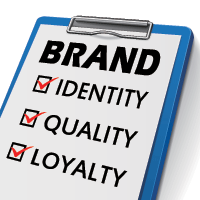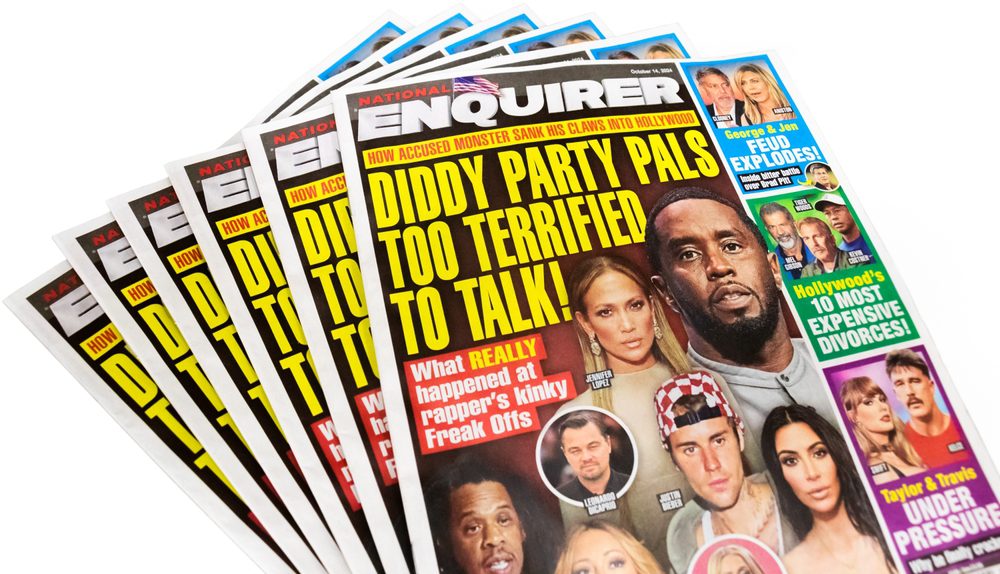The huge amount of choice, access and transparency consumers have over what they’re buying today means that the very notion of brand loyalty as we once knew it has been eroded.
 Competition has never been fiercer as ongoing digital disruption means that consumers are now just as likely to choose a whole new product or category as they are a direct competitor. Consumers are also more visually literate, marketing savvy and opinionated as they continue to build and manage their own personal brands on social media. Meanwhile, peer-review culture means that the days of consumers passively oscillating around powerful brands are gone. Consumers are now in charge and brands oscillate around them.
Competition has never been fiercer as ongoing digital disruption means that consumers are now just as likely to choose a whole new product or category as they are a direct competitor. Consumers are also more visually literate, marketing savvy and opinionated as they continue to build and manage their own personal brands on social media. Meanwhile, peer-review culture means that the days of consumers passively oscillating around powerful brands are gone. Consumers are now in charge and brands oscillate around them.
Here are five tips to boost brand loyalty in the age of empowered consumers.
1. Empowering consumers with a voice
Traditional notions of branding and marketing are often about one-way communication of brands sending messages out to target audiences. But in the age of the empowered consumer, brands that have the confidence to engage in two-way conversations and hand power over to brand communities will be the ones who win out.
For example, subscribers to the iconic Lego brand can submit their own designs of potential new products for other members of the Lego community to review and vote on. If a design gets selected the creator gets a cut of the profits. Not only does the financial incentive drive engagement among Lego fans, the opportunity for them to enter a dialogue with other consumers and for them to have a say in shaping the development of the brand makes them feel a sense of ownership and investment in the brand, in turn boosting customer loyalty.
2. Personalization 2.0
The trend of personalization has been around for a while, with some of the most well-known examples such as “Nike by you” allowing people to customize their sneakers; Coca-Cola replacing its brand name with hundreds of different names, and the success of FitBit’s ultimate customization of your individual lifestyle and routine.
Personalization isn’t going anywhere, but it’s become so widespread that brands now need to take it to the next level to really stand out from the crowd in the age of empowered consumers.
Customers who sign up to Kentucky-based bourbon brand Maker’s Mark ambassador program get their name stamped on a personalized barrel of Bourbon, get their own bottle of their named batch and privileged access to it, along with special access to the distillery where they can hand-dip the wax seals on their own batch. These kind of personalization perks go way further than having your name on a bottle, to actually bringing customers right to the heart of the brand and the product, making them feel invested in the brand long-term as they wait for their personal barrel to mature to perfection.
Other articles you might enjoy:
- Thinking About Charging for Your Loyalty Program? Consider This
- L’Oréal Masters the Codes to Fend of Digital Disruptors
- Meiomi Wines Readies First Sports Deal with PGA Tour
3. Genuinely talking to your customers
A lot of brands claim they stay in touch with their customers and routinely build customer feedback into future products. But how many of them can say that they FaceTime their customers every week to check in with them?
The legendary British comic book and media brand Beano has a panel of 20 children who they have a 15-minute chat with on a weekly basis. It also runs regular Skype user testing sessions with children from its target audience. It’s an approach that other brands can learn from as it lets the brand’s fans have direct access and influence over the brand and its content, and ensures that everything they create is in line with what their audience are genuinely interested in. They say that the most powerful influencers of today are actually the children in consumers’ homes—the ones who are most up to date with the latest technology. If this is the case then Beano is ahead of the game.
4. Brands that have your back
In a world where consumers are hit with scandal after scandal (data privacy, politics, banking fraud, fake news), it’s no wonder that people are less brand loyal than ever. Gaining consumer trust is hard right now. But this represents an opportunity for brands to win through and foster consumer loyalty by showing that they’re genuinely looking out for their customer’s wellbeing.
Banking is a particularly tough category to inspire trust in but trailblazing challenger bank Monzo is doing it by developing products around mental health challenges that some consumers face. For example, putting a system in place for consumers with certain mental health conditions that make them prone to excessive spending late at night to check if they do actually want to go through with these purchases the next morning, or setting up an alert system for caregivers or close family/friends to keep an eye on the spending of a more vulnerable customer. Brands that show they can go the extra mile to look after their customers will be the ones who reap the biggest rewards in the age of empowered consumers.
5.) Employee empowerment
After all the talk of empowered consumers, we have to remember the people on the other side of the retail and brand experience: your employees. After all, they are the people on the ground who are actually interfacing with consumers and providing them with an experience that may, or may not, strengthen their sense of loyalty and engagement with the brand. Making them feel empowered to go the extra mile is essential when battling with competitors for brand loyalty today.
Starbucks have been good at this. Every morning, each branch fills in a worksheet, which includes a weather report and what’s in the news that day with the staff then free to adjust their service and product offers accordingly. In one easy step, employees feel a sense of ownership in the service they’re offering, and that good will is passed on to the customers. If consumers are more demanding and savvy than ever, then you have to empower your employees to deliver, meet and surpass their expectations.
The central thread running through all of this is that brands can no longer depend on traditional branding and marketing methods of pushing messages out to passive consumers. In the age of empowered consumers, it’s actually sharing even more power—by sharing your brand with customers, giving them a say in its development, involving them on an ongoing basis, going out of your way to show you’ve got their backs, and gearing up your staff to give them the best experience possible.
Marie-Thérèse Cassidy is executive creative director at FutureBrand.

 Network
Network

